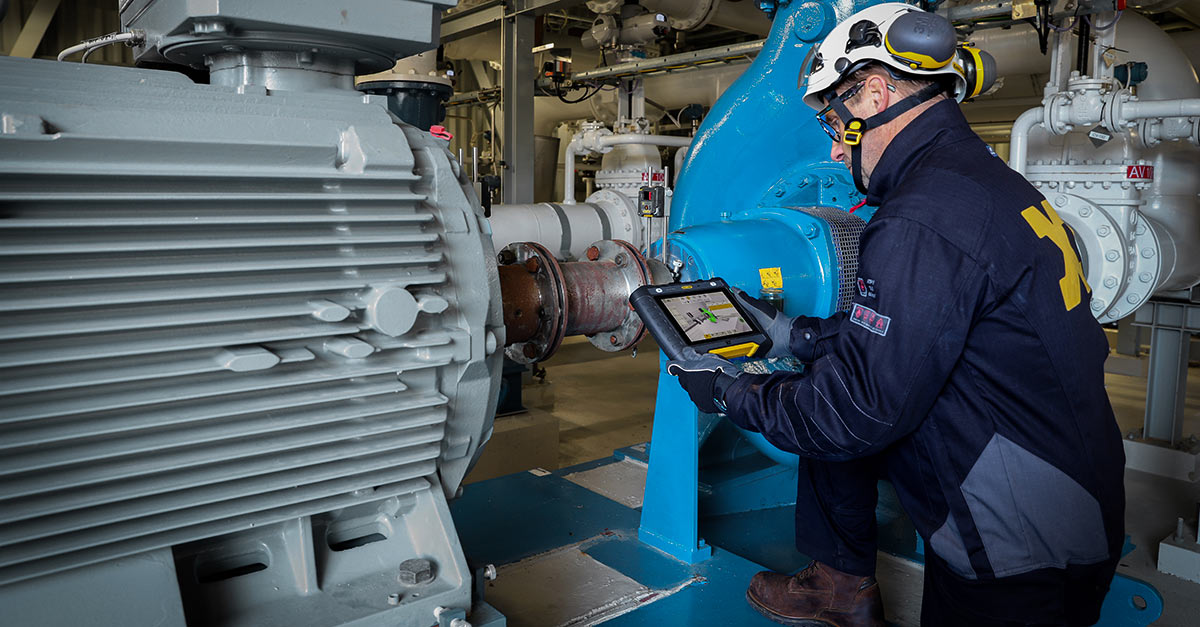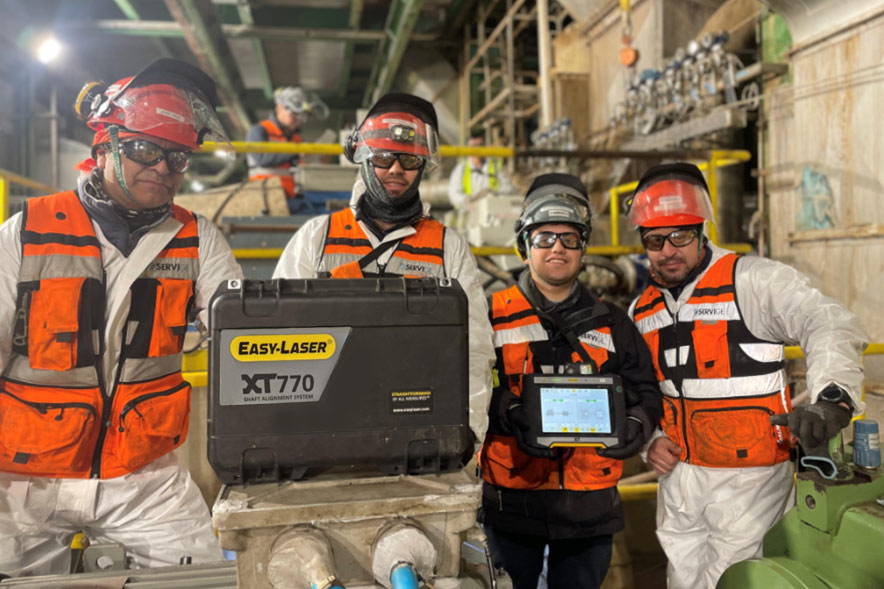The industrial sector consumes around a third of all energy, and a small number of sectors are responsible for the vast majority of consumption. The chemical, paper and steel industries are examples of large-scale consumers employing extremely energy-demanding processes.
Energy consumption audits
In 2012, the European Commission hammered out the Energy Efficiency Directive (EED) in order to support the ambitious goals regarding reduced consumption. This Directive is accompanied by demands for large companies to map and report their energy consumption – how much do they consume per year, how is this consumption distributed and which costs are linked to energy consumption within various parts of the organisation.
The mapping work should lead to proposals for energy saving measures, which can result in further gains in addition to the reduced energy costs. Measures can include investment in new equipment, as well as new procedures and working methods that provide companies with the potential to reduce their costs. This in turn can lead to increased productivity, accessibility and fewer unplanned operational stoppages. In the longer term, active work in respect of sustainability can also contribute to improved competitiveness. And reduced energy consumption means that a company is also less susceptible to variations in the price of electricity. In other words, major benefits for both economy and the environment.
Many ways of achieving the goals
Let us look in greater detail at an area that is close to our hearts: pumps. Of the world’s total energy consumption, pumps are responsible for at least 20%. Of this share, 25–50% of the energy is used by pumps in industry*. What can we do to reduce these figures?
Replacing old equipment with new, energy-efficient variants can be one alternative for keeping down energy consumption. And it pays to be meticulous, right from the point when a pump is being installed. If the foundations, pump/motor and pipework are straight, flat and correctly aligned from the outset, it is possible to avoid major problems and unnecessary costs in future.

Preventive maintenance on older equipment, such as shaft alignment, is also an important element. Costs that arise as a consequence of unforeseen stoppages and lost production time can be high, representing an unnecessarily large proportion of a pump’s life cycle cost. And the fact is that a poorly aligned pump consumes significantly more energy than is necessary.
This is just one example of an area where it is possible to make large energy savings fairly easily. Just imagine the opportunities that exist throughout an entire production facility. Even though some may feel that the EU has set the bar high, these more stringent demands will benefit both industry and the environment at the end of the day. We are happy to help make this journey as friction-free as possible.
*Source: “Pump Life cycle costs: A guide to LCC analysis for pumping systems”



